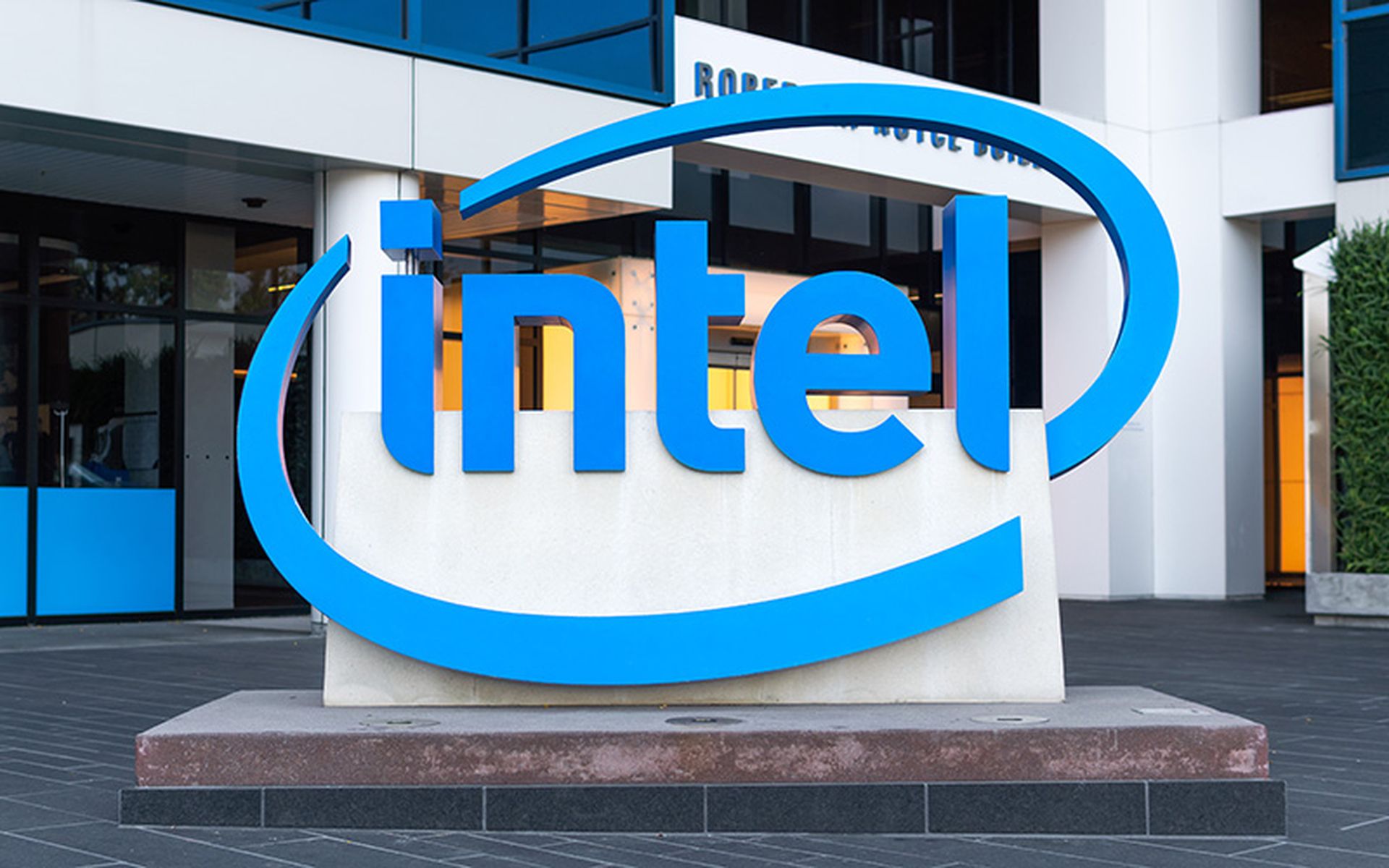Internet of Things (IoT) maturity is increasing among partner programs and their member companies, according to a recent analysis of more than 500 businesses and their IoT service capabilities conducted by ABI Research.
In the analysis, 59 percent of companies earned a high IoT maturity grade – nearly double the number of companies that received a high IoT maturity ranking in an analysis that was completed in September 2015, ABI Research noted.
This figure also highlights "the actions of partner program parents offered their members access to training and certification programs," ABI Research said in a prepared statement.
IoT Ecosystems Target Vertical Markets
Many IoT ecosystems provide business-to-business (B2B) solutions to customers that want to utilize IoT solutions to increase sales opportunities and decrease operating costs within specific vertical markets, ABI Research noted.
Over a nearly two-year period, ABI Research found a 40 percent increase in the number of companies offering IoT solutions in the following vertical markets:
- Enterprise.
- Industrial.
- Manufacturing.
Moreover, the hospitality segment experienced 164 percent growth in the number of companies offering vertical-specific IoT solutions, ABI Research stated.
This figure was attributed to the "increasing demand from hotels looking to monitor and automate building processes while also offering guests personalized digital experiences," ABI Research said in a prepared statement.
Many Service Providers Are Active in IoT Ecosystems
ABI Research found the following service providers were among the most active participants in IoT ecosystems:
- Capegemini.
- Cognizant Technology Solutions.
- VMware.
In addition, ABI Research noted IoT ecosystems "skew more toward the software side than the hardware side," and the IoT service categories with the biggest increase in participants were connectivity management services and device cloud to device software platforms.
IoT Monetization Tips

At least 8.4 billion connected "things" will be in use this year, according to technology market research firm Gartner, and this figure is expected to jump to 20.4 billion by 2020.
Ultimately, the IoT market could present many opportunities to service providers over the next few years.
Mike Fallon, senior advisor of the IoT transformation advisory practice at PTC, recently told ChannelE2e there are six components for service providers to address IoT monetization:
- Strategy: An IoT strategy should highlight what type of new revenue a service provider is looking to drive.
- End User: Service providers should consider the end user – not the chief information officer (CIO) or chief operating officer (COO) – before they launch an IoT service.
- What to Charge: A service provider should learn about its target audience and understand the value that its IoT service can provide to determine what to charge for it.
- How to Charge: Target audience insights will help a service provider understand the best way to bill customers for an IoT service.
- How to Go to Market: A service provider should work with its target audience throughout an IoT service's development. By doing so, a service provider can go to market with real world stories that illustrate the service's value.
- Technology: IoT technology must drive agility, and a service provider should offer an IoT service that is easy to integrate with other platforms and supports third-party ecosystems.
If service providers consider these factors, they can uncover the best ways to speed up IoT monetization, Fallon stated.




